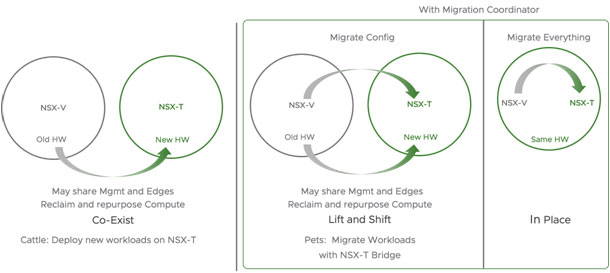Virtualization
New challenges (and opportunities) with VMware
We know VMware . . .

VMware
VMware is a virtual machine software firm founded in Palto Alto, California in 1999.
Its programs are deployed ubiquitously in business for:
How VMware Virtual Machines Work
BUT, does VMware NSX-V end of life* put your business at risk?
Option #1 Migration

- *Until January 2023 NSX-V is in the VMware Technical Guidance phase and has a reduced level of technical support with fewer security patches and bug fixes*.
- View the VMware Product Lifecycle Matrix and VMware Lifecyle Policies for more information
BUT, does VMware NSX-V end of life* put your business at risk?
Option 2 – Digital Transformation*
We can help with this too.

Option #1 NSX-V to NSX-T migration
This may not be a straight-forward migration depending on the complexity of your current NSX-V deployment!
What we think
Migrating from NSX-V allows you to gain access to the improved features and use cases supported by NSX-T, including:
Competitive Value-priced Services
NSX V2T migration requires careful planning and preparation and for most customers, migrating from NSX-V to NSX-T will be a one-time occurrence.
